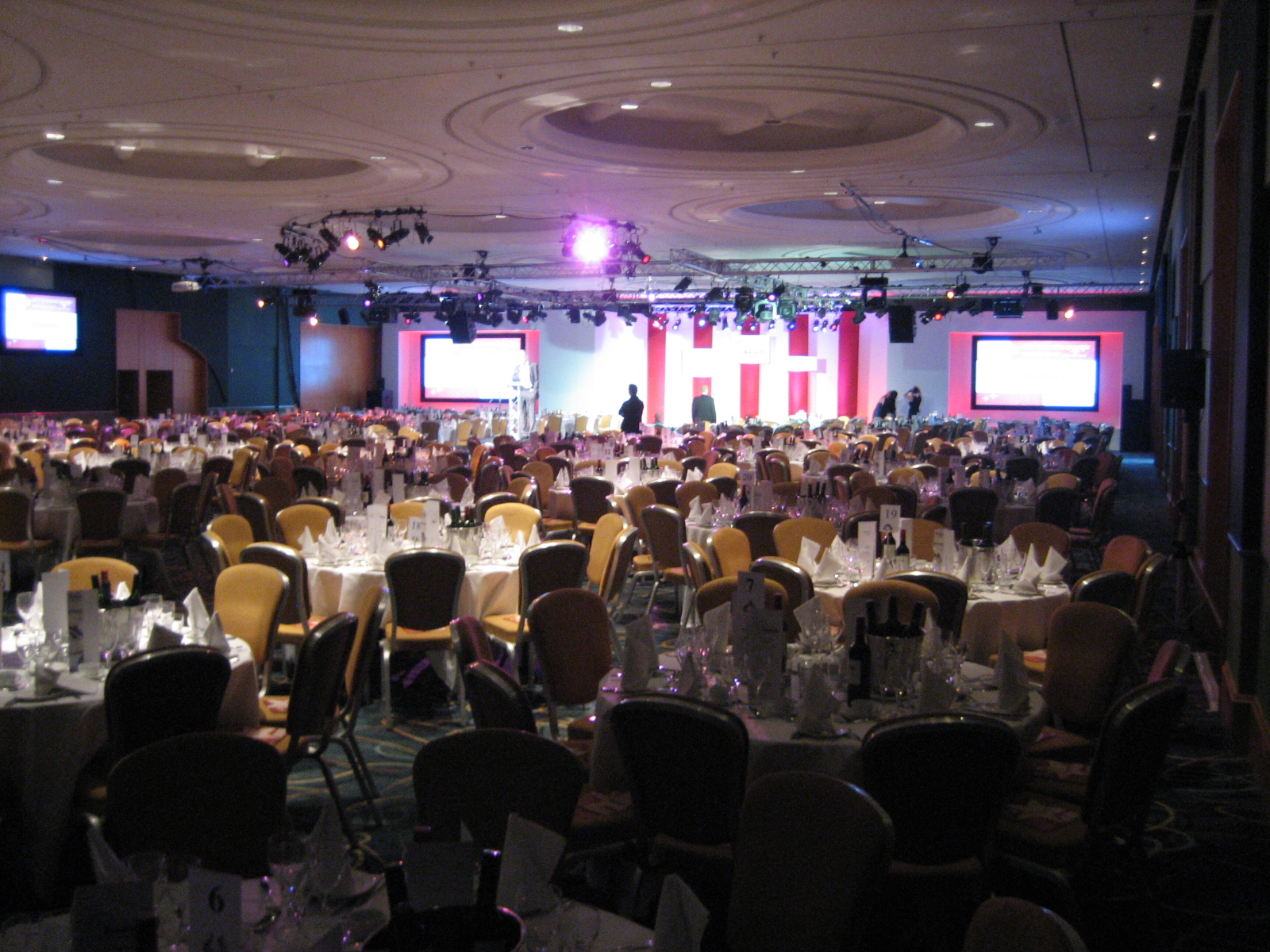Best use of direct mail
For the campaign that demonstrates the best use of direct mail in fundraising
The shortlisted entries in alphabetical order are
RNIB
St Barnabas House
Salvation Army
RNIB
Gruffalo campaign
The campaign aimed to generate cash income from existing donors and acquire new cash donors from cold (reciprocal) lists in the run up to Christmas. Direct mail has traditionally proved the most successful medium for RNIB. The target audience was the stereotypical Dorothy Donors – aged 75+ – so the pack had to stand out from the crowd. The creative concept challenged recipients to consider what a child’s life would be like if they never encountered famous characters from popular children’s books, both classic and contemporary. Asks were at a variety of levels and results exceeded forecasts on every level. Even the cold lists achieved a response rate of 1.83% against a target of 1.2%.
St Barnabas House
Building a dream
This was St Barnabas’ first foray into direct mail. This campaign was targeted to generate £0.4m gross cash over two years from DM activity for the Building a Dream capital appeal to build a new hospice in Worthing. It needed to recruit 2,000 new doors and reactivate and develop up to 10,000 existing donors. It was delivered in five planned stages over the two years from a warm DM campaign around Planning Permission to ‘Patient Comfort’ where supporters contributed to the cost of new furniture and equipment. Cold activity recruited 3,700 new supporters with each of four cold campaigns returning a profit. All warm campaigns returned at least a 4:1 immediate profit.
Salvation Army
Christmas 2010 donor mailing
The main objective was to raise as much as possible through a one-off donation from the active donorbase. Brand new creative (Lost and Found) was developed using donor research findings. This was tested head to head against the 2009 creative to those donors recruited at Christmas 2009. Donors could respond by post, phone or online. Emails were sent before and after the mailing to those donors who had opted to receive email updates. The mailing to 690,000 was forecast to get a 15% response rate with a £25 average gift. It achieved a 21% response rate with an average gift of £32.53. The new pack proved to be more responsive than the old and the reactivation part of the campaign was also very successful.



